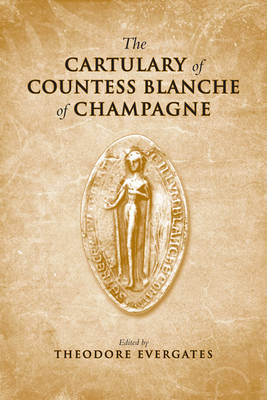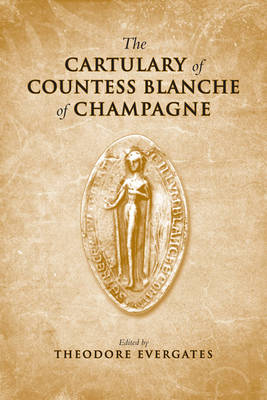
- Retrait gratuit dans votre magasin Club
- 7.000.000 titres dans notre catalogue
- Payer en toute sécurité
- Toujours un magasin près de chez vous
- Retrait gratuit dans votre magasin Club
- 7.000.000 titres dans notre catalogue
- Payer en toute sécurité
- Toujours un magasin près de chez vous
The Cartulary of Countess Blanche of Champagne
Description
The Cartulary of Countess Blanche of Champagne examines the countess' twenty-one-year regency (1201-22) through her cartulary - a manuscript copy of legal and otherwise public documents usually intended as an archival aid and as a security duplicate. Surviving intact to this day, the 1224 volume is unusual in that it was commissioned as a personal, commemorative document for the countess in retirement, after a successful career in which she preserved the county from a divisive civil war, expanded the county's borders, and transformed comital-baronial relationships.
The 443 letters contained in the cartulary deal with practical matters of governance such as homages, fiefs, and the rights of lordship, and are here used by Theodore Evergates as a dossier for observing the practices of a major French principality and its aristocracy in the first two decades of the thirteenth century.
Spécifications
Parties prenantes
- Editeur:
Contenu
- Nombre de pages :
- 416
- Langue:
- Anglais
- Collection :
- Tome:
- n° 112
Caractéristiques
- EAN:
- 9781442639959
- Date de parution :
- 01-12-09
- Format:
- Livre relié
- Format numérique:
- Genaaid
- Dimensions :
- 155 mm x 231 mm
- Poids :
- 884 g






